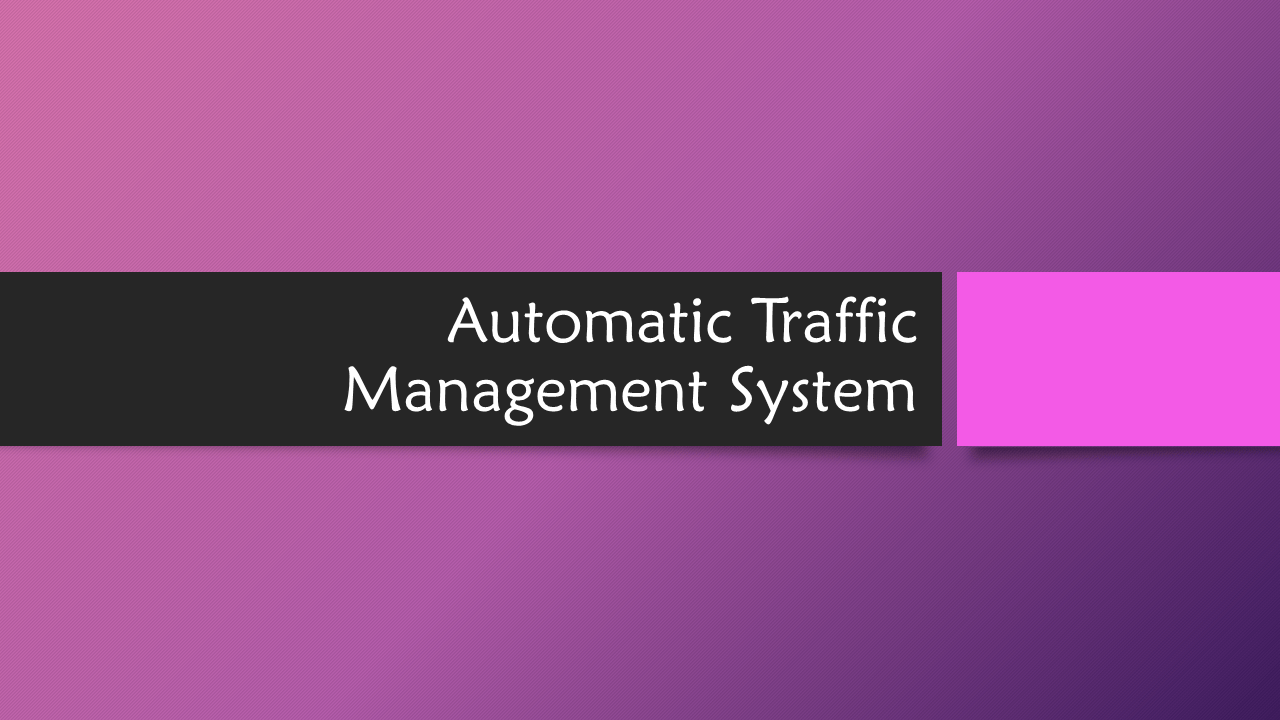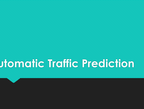Automatic Traffic Management System
- 0 Collaborators
The government wants to implement a robust traffic system for the city by being prepared for traffic peaks. They want to understand the traffic patterns of the four junctions of the city. Traffic patterns on holidays, as well as on various other occasions during the year, differ from normal working days. My task is to predict traffic patterns in each of these four junctions for the next 4 months. ...learn more
Project status: Published/In Market
RealSense™, HPC, Artificial Intelligence
Intel Technologies
Intel Opt ML/DL Framework,
Intel CPU
Overview / Usage
Mission: I am working with the government to transform my city into a smart city. The vision is to convert it into a digital and intelligent city to improve the efficiency of services for the citizens. One of the problems faced by the government is traffic. I am a data scientist working to manage the traffic of the city better and to provide input on infrastructure planning for the future.
The government wants to implement a robust traffic system for the city by being prepared for traffic peaks. They want to understand the traffic patterns of the four junctions of the city. Traffic patterns on holidays, as well as on various other occasions during the year, differ from normal working days. This is important to take into account my forecasting.
My task: To predict traffic patterns in each of these four junctions for the next 4 months.
Data: The sensors on each of these junctions were collecting data at different times, hence I will see traffic data from different time periods. To add to the complexity, some of the junctions have provided limited or sparse data requiring thoughtfulness when creating future projections. Depending upon the historical data of 20 months, the government is looking to I to deliver accurate traffic projections for the coming four months. My algorithm will become the foundation of a larger transformation to make my city smart and intelligent.
Methodology / Approach
Instead of using time-series classics ARMA (autoregressive moving average) and ARIMA (autoregressive integrated moving average) models or the Kaggle competition classic XGBoost, I choose to try my hand at neural networks.
Given the time constraint, I had to use Keras for quicker prototyping and more documentation even though my preferred framework is PyTorch.
Technologies Used
- Python and its library,
- Machine Learning and its framework, and
- EDA ( Exploratory Data Analysis)






